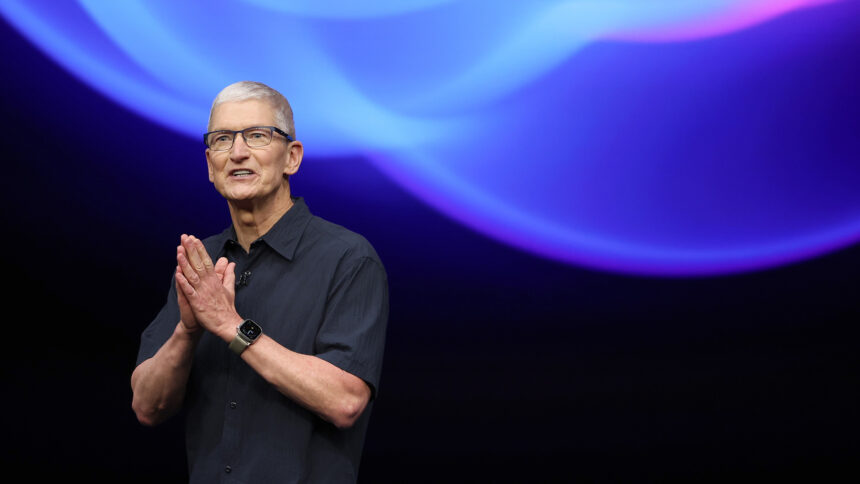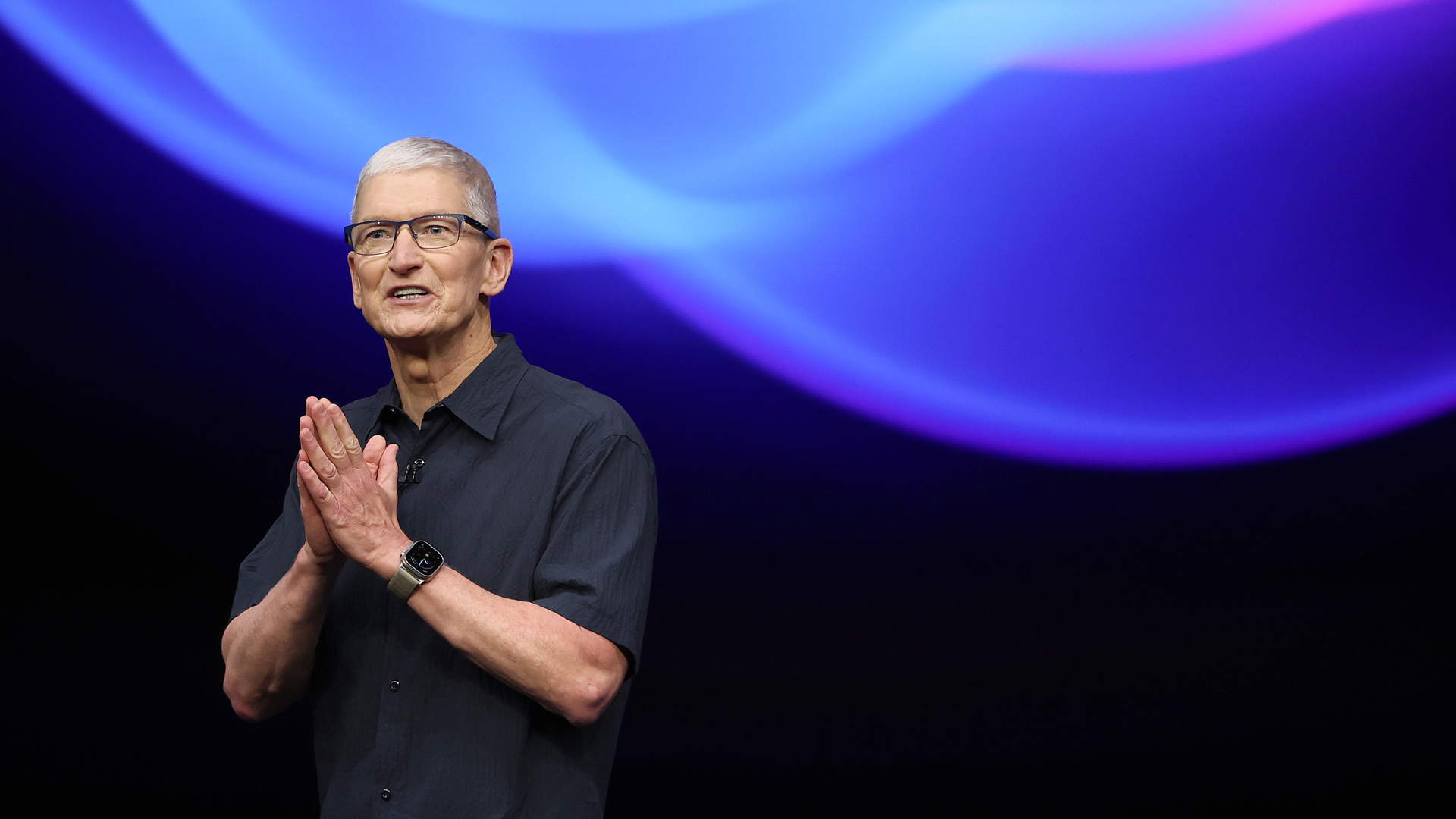In a recent earnings call, Apple CEO Tim Cook unveiled a significant transformation in the company’s manufacturing strategies, particularly highlighting that a considerable fraction of iPhones sold in the United States is now produced in India. This strategic adjustment minimizes the risk of price hikes, largely due to favorable tariffs that exist between the U.S. and India. Cook’s remarks indicate that Apple is adjusting to the ever-changing trade environment, marking a notable shift away from China and embracing alternative manufacturing locations like India and Vietnam. Furthermore, the tech giant has earmarked a staggering $500 billion for investment in U.S. manufacturing, focusing on semiconductors and server production.
This development has prompted unexpected reactions, notably from former President Donald Trump, who has openly aired his disapproval of Cook’s strategy. In recent statements, Trump mentioned, “I had a little problem with Tim Cook,” emphasizing his unease with Apple’s current manufacturing direction. While he previously praised Cook for his commitment to investing in American manufacturing, Trump expressed disappointment at the level of production that is currently happening in India. “We don’t want you building in India,” he asserted, conveying a clear preference for onshore manufacturing.
Trump’s perspective reflects a larger ambition to reinvigorate domestic manufacturing across various sectors. This includes the application of substantial tariffs and exerting pressure on U.S. businesses to relocate their production to American soil. Notably, he has recently paused a daunting 145% tariff on imports from China, presenting this move as a vital step toward bolstering American manufacturing.
However, the complexities of modern manufacturing create a challenging landscape. Responding to Trump’s statements, I previously noted that reshoring iPhone production doesn’t come without significant obstacles. The iPhone’s intricate design relies on a sprawling network of suppliers across multiple countries; assembly often occurs in locations like China, India, and Vietnam rather than in the United States.
Despite these dynamics, Apple is making tangible advancements in U.S. manufacturing, albeit through a careful approach. Components for the iPhone may soon start being fabricated in domestic facilities, and while it’s conceivable that Apple could house its software infrastructure in new server locations like Houston, the alignment of this with Trump’s vision remains uncertain. The former president’s black-and-white perspective regarding “American-made” products fails to account for the complexity of global supply chains.
Moreover, it’s crucial to recognize that Apple does not possess all the necessary manufacturing capabilities and frequently relies on specialized partners for component production. For instance, while the Super Retina XDR display in the iPhone 16 is meticulously designed by Apple, the actual manufacturing is entrusted to leaders in the technology sector, such as LG and Samsung—roles that cannot be quickly replicated domestically.
Even if Apple establishes new factories in the U.S., these facilities are likely to be highly automated, which may not yield the number of job opportunities Trump envisions. I reached out to Apple seeking clarification on Cook’s views regarding Trump’s remarks, particularly in light of their known friendship. Unsurprisingly, a response was not forthcoming. Nevertheless, it appears Cook is intent on increasing U.S. production while simultaneously recalibrating Apple’s global manufacturing framework.
Looking ahead, this situation may lead to more U.S. facilities opening but might not directly solve the intricacies involved in iPhone production. It’s plausible that, rather than taking immediate punitive actions against Apple, Trump may choose to celebrate any future groundbreaking events, even if those initiatives do not concentrate exclusively on iPhone manufacturing.
























